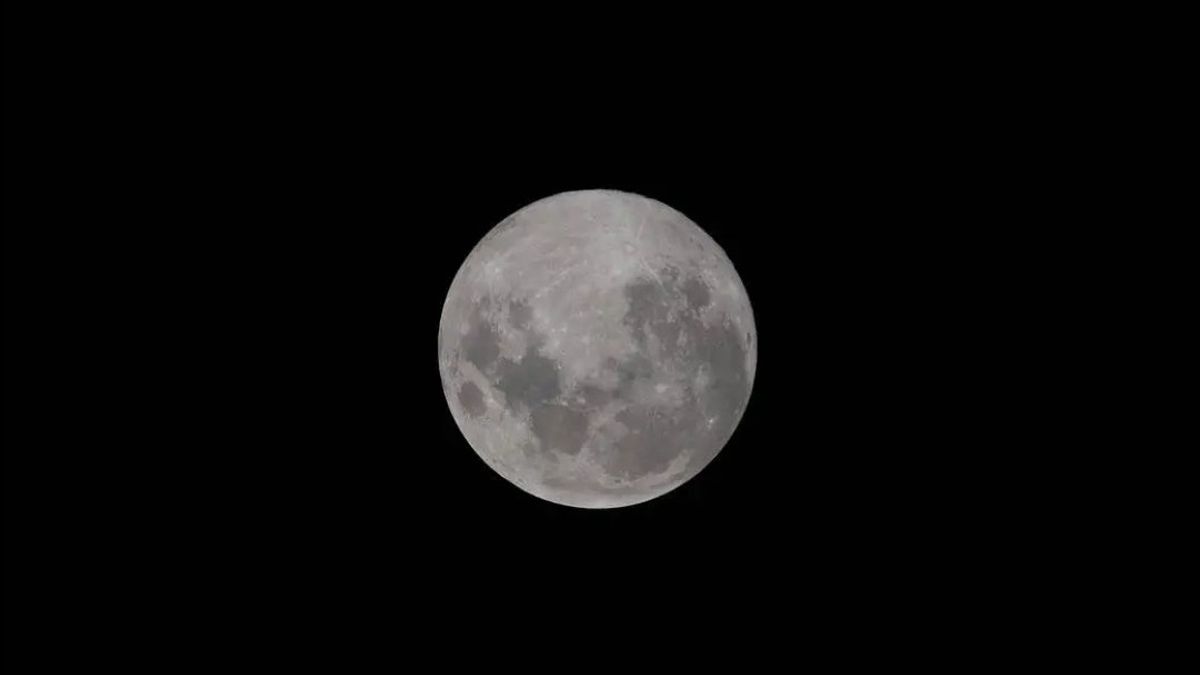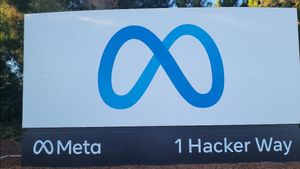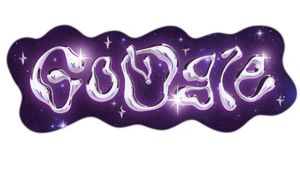NASA's Space Communication and Navigation Program (SCAN) will set a Coordinating Lunar Time (LTC). This month's standard time will assist NASA in carrying out the Artemis mission.
In developing these standards, the US space agency will coordinate with stakeholders in governments, partners, and international standard organizations. The LTC must be established before the Artemis 3 mission lands astronauts on the Moon.
NASA explains that the timing of the moon is based on the average weighted atomic clock. This method is similar to the way scientists calculate Coordinated Universal Time (UTC) for Earth that has been recognized globally and used to date.
Analysis of atomic clocks placed on the Moon's surface is still being carried out today. While determining a mathematical model suitable for setting LTC, NASA will continue to observe the speed of atomic clocks on the Moon.
Ben Ashman, NASA's SCAN Lunar Relations Development Navigation Leader, said that the Moon time standard is urgently needed today as the space sector continues to grow. According to Ashman, LTC will support safe flights.
SEE ALSO:
"Along with the growth of the commercial space industry and the more active countries on the Moon, the greater the need for time standardization. The same definition of time is an important part of a safe, resilient, and sustainable operation," said Ashman.
Although important to NASA, LTC is a direct direction from the White House issued last April. Head of the White House's Science and Technology Policy Office (OSTP) said that LTC is needed to synchronize time on Earth and on the Moon.
NASA will coordinate with the US government regularly until the Moon time standardization is set. The OSTP also gave a deadline for the LTC preparation plan until the end of 2026.
The English, Chinese, Japanese, Arabic, and French versions are automatically generated by the AI. So there may still be inaccuracies in translating, please always see Indonesian as our main language. (system supported by DigitalSiber.id)


















